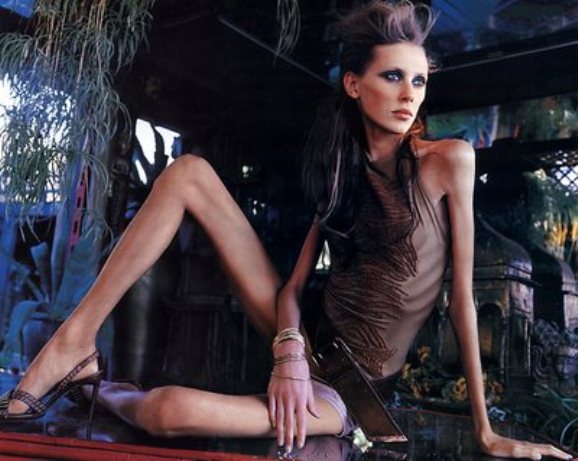Brain Dead Teen Leaves Hospital | Jahi McMath
/Patrice Ellerbe, Staff WriterLast Modified: 15:30 p.m. DST, 6 January 2014
CALIFORNIA, United States - After battling obstructive sleep apnea, a disorder causing 13-year old Jahi McMath to stop breathing while asleep, doctor’s decided it was best for the teen to have her tonsils removed to ensure a better quality of life.
Just days after the tonsillectomy, what was supposed to be, simple surgery, the teen was declared brain dead.
Jahi, though still on a ventilator and without a feeding tube, was released into her mother’s care with the Alameda County coroner’s consent, on the evening of Sunday, 5 January 2014. According to CNN, Jahi McMath left the hospital with a critical care team.
According to the family’s attorney, Christopher Dolan, they have received threats from around the country, and for Jahi’s safety, they have chosen to sequester her in an undisclosed location.
The 13-year old went into surgery on 9 December 2013, and would have her tonsils, adenoids and extra sinus tissue removed, CNN states. Post-surgery the teen was normal, and according to McMath’s uncle, had a simple request for a Popsicle so she could soothe her sore throat.
According to CNN, the family stated, not long after the surgery something went terribly wrong. Jahi began to bleed excessively while in the intensive care unit at Childrens Hospital and Research Center Oakland. Jahi then went into cardiac arrest, and was announced brain dead on 12 December 2014, just days later.
McMath’s family had been fighting to keep her on life support, despite the hospital and an Oakland judge telling them she is legally dead. Childrens Hospital disagree with the family’s decision to removed Jahi from the hospital, however, according to CNN, after weeks long struggle between Childrens Hospital and Research Center Oakland, Jahi was released from the hospital and into her mother’s custody while they seek a hospital which will provide long-term care for Jahi.
New Beginnings Medical Center located in Medford, New York, stated they may be an option. Allyson Scerri, founder of New Beginnings, gave this statement:
“At this time we're named as the potential facility that Jahi and her family will be coming to, but we will know more details in a couple of hours, and we'll certainly be happy to let you know as we know.” In court documents from the previous week, Scerri stated in a letter, “"We are aware of Jahi McMath's dire situation, and we are willing to open our outpatient facility to provide 24-hour care as an inpatient, long-term facility for Jahi with the required and appropriate medical staff that she depends upon," says CNN.
Hours ago it was announced by The Daily Mail that a New York clinic run by the daughter of Al Barone, who sustained a traumatic brain injury in a motorcycle accident in 2007 according to the facility's website, has offered the McMath family a safe haven for their little girl. It is a facility that is acutely aware of the needs of patients such as Jahi, as well as providing comfort and understanding for a family that is facing a painful and bewildering ordeal.
Follow Patrice Ellerbe on Twitter Twitter: @nahmias_report Staff Writer: @PatriceEllerbeRelated articles
- Relatives seek extended care for brain-dead California girl (news.yahoo.com)
- Nursing Home Backs Out, Won't Accept Brain Dead Teen Jahi McMath (sanfrancisco.cbslocal.com)
- Family seeks to move brain-dead girl (cnn.com)
- Terry Schiavo Case Rekindled By Jahi McMath (webpronews.com)
- Terri Schiavo's family joins family of teen Jahi McMath in fight over life support (wchildblog.com)
















































